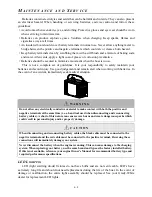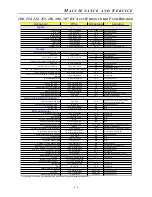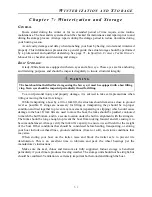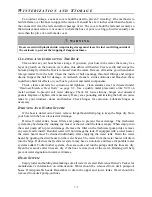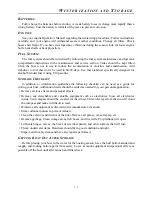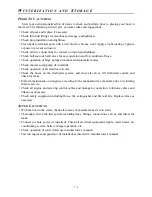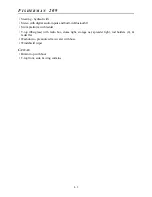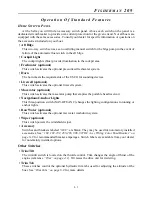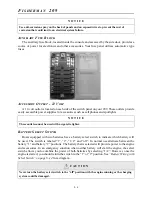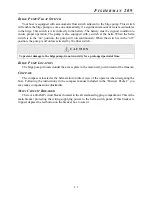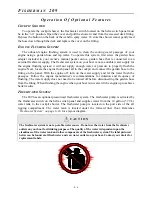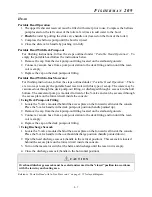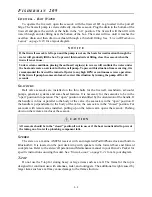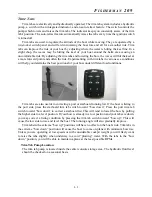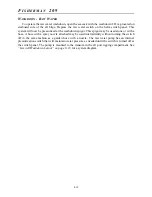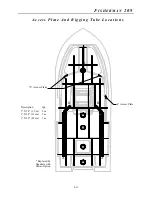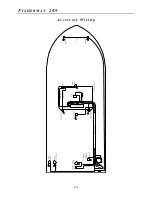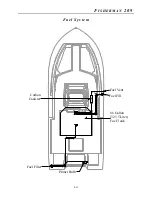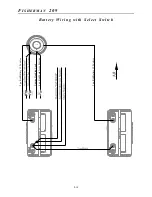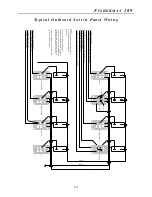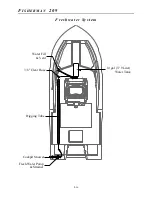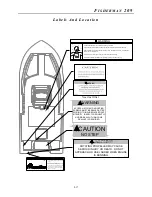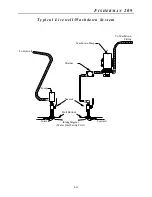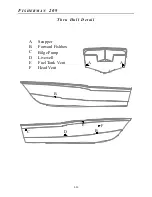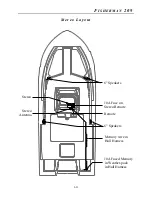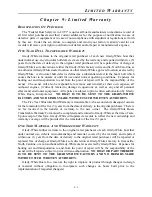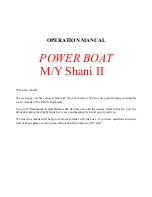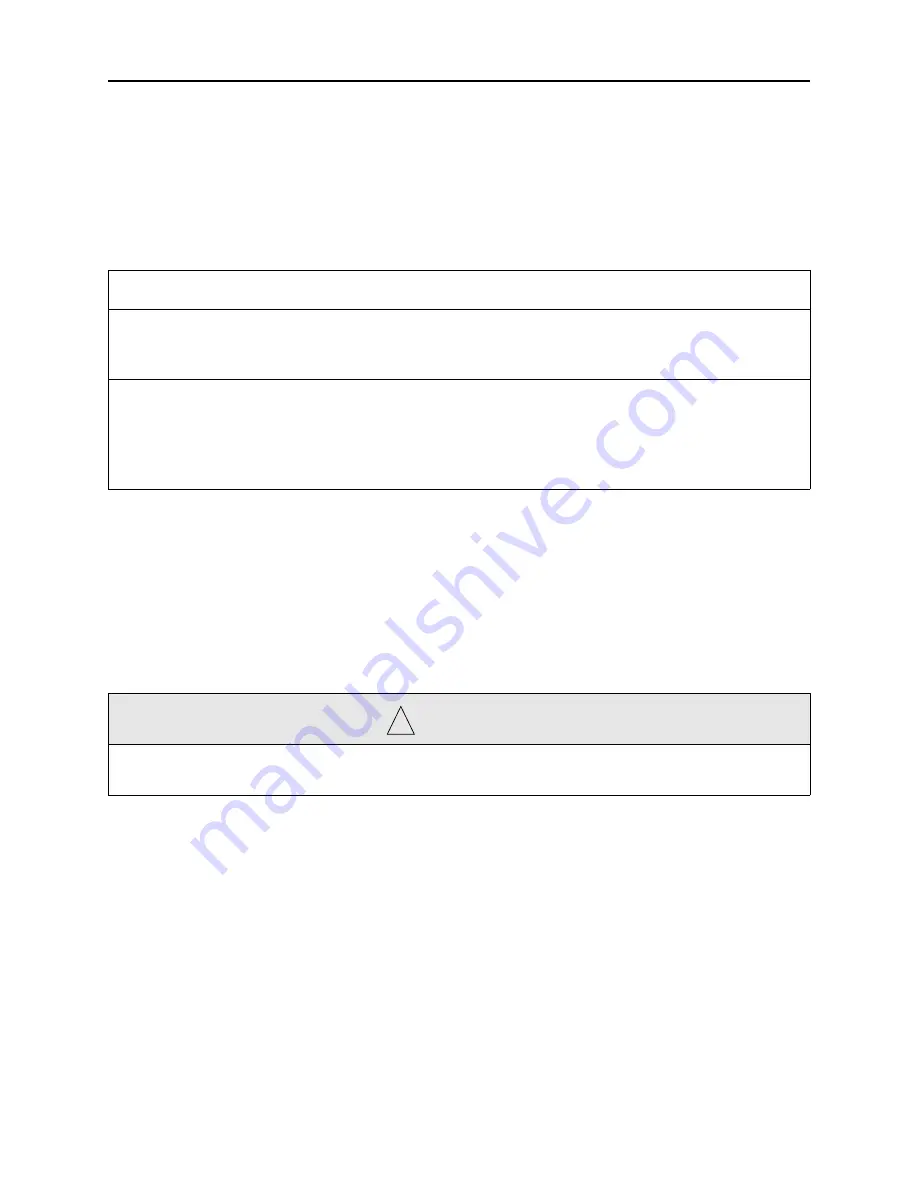
F
I S H E R M A N
2 0 9
8–8
L
IVEWELL
- R
AW
W
ATER
To operate the livewell, open the seacock with the livewell I.D. tag located in the port aft
bilge. The livewell pump is screwed directly into this seacock. Plug the drain in the bottom of the
livewell and place the switch at the helm in the “on” position. The livewell will then fill with
water through an inlet fitting near the bottom of the box. The water will rise until it reaches the
overflow drain and then drain overboard through a thru-hull fitting. See
for a layout diagram.
S
EACOCKS
Ball valve seacocks are installed on the thru hulls for the livewell, washdown, air/cooler
pumps, generator systems and some head features. It is necessary for the seacocks to be in the
“open” position for operation. The “open” position is identified by the orientation of the handle. If
the handle is in line or parallel to the body of the valve, the seacock is in the “open” position. If
the handle is perpendicular to the body of the valve, the seacock is in the “closed” position. For
seacocks with remote arms installed, pulling up on the remote arm opens the seacock. Pushing
down on the remote arm closes the seacock.
S
TEREO
The stereo is a marine AM/FM receiver with an integrated iPod®/iPhone dock and built-in
Bluetooth®. It is located on the port deck wing with speakers in the forward bow and forward
cockpit area. Refer to the stereo’s Operation and Maintenance manual in your Owner’s Packet for
specific instructions on using this unit. See
for a layout diagram.
T-
TOP
Do not use the T-top for storing heavy or large items such as a raft. The frame for the top is
designed for continual use with antennas, radar, and outriggers. The additional weight caused by
larger items such as a raft may cause damage to the frame structure.
N O T I C E
If the livewell seacock is left open and the pump is not on, the boats forward motion through the
water will gradually fill the box. To prevent this inadvertent filling, close the seacock when the
livewell is not in use.
Under certain conditions, placing the outboard engine(s) in reverse will ventilate the water under
the boat and create an air lock in the livewell pump. To prevent this situation from occurring, it is
recommended the livewell be turned off prior to any high RPM or continuous reverse operation.
If the livewell pump becomes air-locked, correct this situation by turning the pump off for 20
seconds.
C A U T I O N
All seacocks should be in the “closed” position if not in use or if the boat is unattended to prevent
the taking on of water if a plumbing component fails.
!
Summary of Contents for Fisherman 209
Page 2: ......
Page 6: ...T A B L E O F C O N T E N T S ...
Page 10: ...W E L C O M E 1 4 ...
Page 24: ...G E N E R A L I N F O R M A T I O N 3 6 ...
Page 34: ...I N S T R U M E N T A T I O N A N D S W I T C H E S 5 6 ...
Page 44: ...M A I N T E N A N C E A N D S E R V I C E 6 10 ...
Page 60: ...F I S H E R M A N 2 0 9 8 12 A c c e s s o r y Wi r i n g ...

